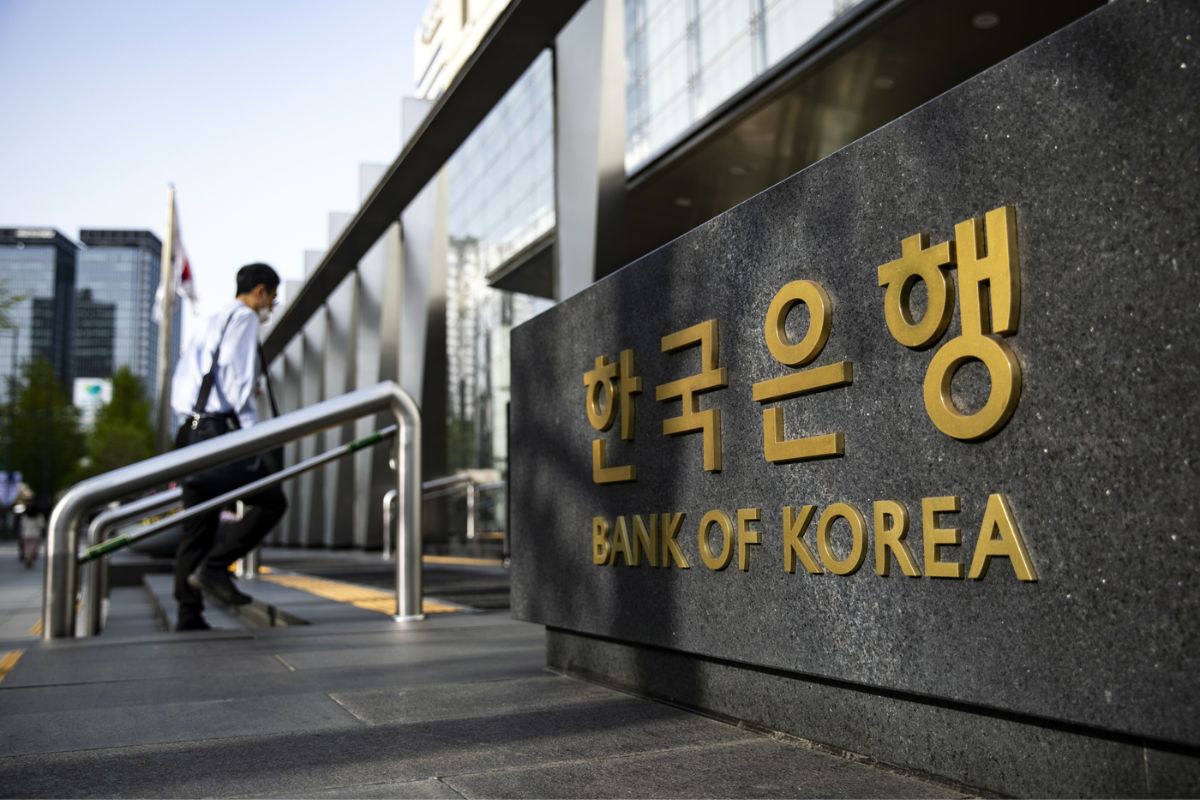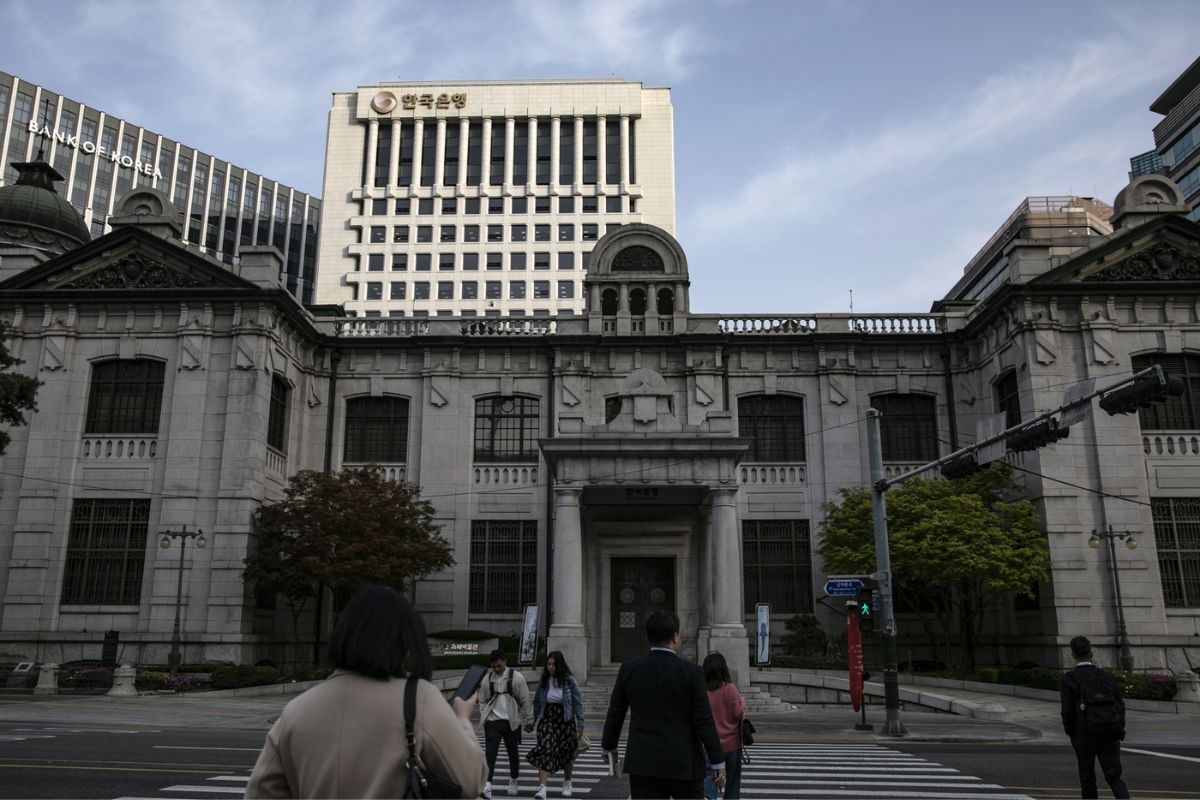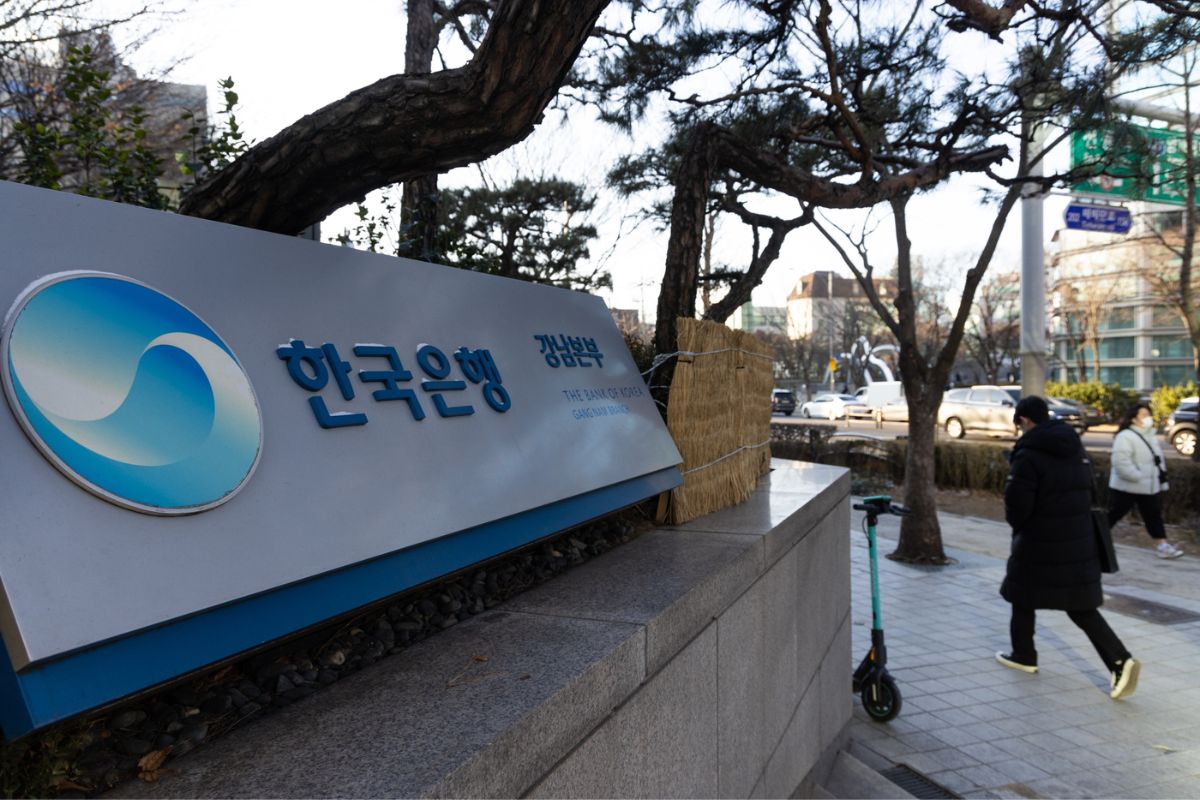Bank of Korea’s Bold Stand: The Bank of Korea’s recent decision to maintain its current policy stance has sparked a heated debate among financial experts and analysts.
While some argue that a policy pivot is necessary to stimulate economic growth in the face of global uncertainties, a significant majority deem such a move premature.
With mounting pressure to address the looming challenges, the central bank’s strategic approach has divided opinions on the most effective path forward.
The implications of this standstill on the country’s economic trajectory are profound, leaving stakeholders eagerly awaiting the next move from the Bank of Korea.
Bank of Korea’s Monetary Policy Deliberation: No Pivot Yet
Has the Bank of Korea made a pivotal shift in its monetary policy deliberation, or is stability still the top priority?
The Bank of Korea stood resolute in its decision to maintain a steady course, resisting calls for premature policy pivots despite mounting pressure. The prevailing sentiment among board members emphasized the critical need for price stabilization, with concerns over inflation expectations hovering at 3%.
While acknowledging the potential benefits of easing tightening measures in light of softened inflationary pressures, caution prevailed as the majority advocated for a measured approach. The focus shifted towards implementing targeted micro measures to address the impact of high interest rates, with particular attention directed towards mitigating risks associated with escalating household debt and surging housing prices.
This calculated stance reflects the Bank of Korea’s commitment to navigating the economic landscape with prudence and foresight, prioritizing stability over hasty policy adjustments.
Also Read: South Korea’s Financial Watch: Bank of Korea Governor Rhee Signals Caution Amid Tightening Measures
Micro Measures Preferred Over Premature Pivoting
In a bold stance against premature policy shifts, the Bank of Korea advocates for targeted micro measures over hasty pivoting decisions in response to economic challenges. The central bank’s emphasis on caution reflects a deep understanding of the complexities at play, demonstrating a commitment to precision and mastery in navigating the current financial landscape.
Here are five compelling reasons why micro measures are favored over premature pivoting:
- Micro measures allow for a more nuanced and targeted approach to addressing specific economic challenges.
- Rushed policy pivots could lead to unintended consequences and exacerbate existing issues.
- Focusing on micro measures enables a comprehensive assessment of the impact on key factors such as household debt and housing prices.
- Precision in decision-making is essential to maintaining stability and confidence in the financial system.
- By prioritizing micro measures, the Bank of Korea showcases a strategic and calculated approach to safeguarding the economy against potential risks.
Risk Assessment and Rate Cut Contingency
Amidst the intricate web of economic uncertainties, the Bank of Korea‘s contemplation of a potential rate cut underscores a strategic maneuver in response to evolving risk assessments.
The nuanced stance revealed within the Bank of Korea portrays a delicate balancing act between maintaining stability and adapting to changing economic landscapes. With one member acknowledging reduced risks from easing tightening, citing weakened inflationary pressures due to sluggish domestic demand, the central bank seems poised to consider a shift towards a more accommodative monetary policy.
Despite the prevailing reluctance to pivot, the indication that the door for a rate cut may remain open over the next three months signals a proactive approach to managing potential economic challenges.
This contingency plan reflects the Bank of Korea’s readiness to act swiftly in the face of evolving conditions, showcasing a willingness to prioritize flexibility and responsiveness in navigating the complexities of the current economic environment.
News In Brief
Bank of Korea Holds Steady Amidst Debate: The Bank of Korea opts for stability, maintaining its current policy stance despite differing opinions on a necessary pivot. The recent meeting on Feb. 22 emphasized the critical need for price stabilization, resisting premature policy shifts amidst global uncertainties. Board members advocate for targeted micro measures to address economic challenges, prioritizing caution over hasty adjustments. The nuanced approach showcases the central bank’s commitment to precision and stability in navigating complex financial landscapes. While a rate cut remains a potential contingency, the Bank of Korea’s readiness reflects a proactive stance in managing evolving economic conditions. Analysts closely watch for the next strategic move in this heated policy debate.
Our Reader’s Queries
Q1 Which bank to choose in Korea?
A Selecting a bank in South Korea? Consider top choices like KB Kookmin, HSBC, Hana, Citibank, and Woori for expat-friendly options.
Q2 What is the central bank of the DPR of Korea?
A The exclusive issuer, the Central Bank of the Democratic People’s Republic of Korea, manages all national revenues, precious metals, and supplies working capital to government agencies. Multiple state banks operate under the supervision of the Central Bank.
Q3 What is the central bank of the Republic of Korea?
A Established on June 12, 1950, in Seoul, South Korea, the Bank of Korea (BOK) serves as the central bank of the Republic of Korea and oversees the issuance of the Korean Republic won. With a core focus on ensuring price stability, the bank actively targets inflation to fulfill its primary mandate.



